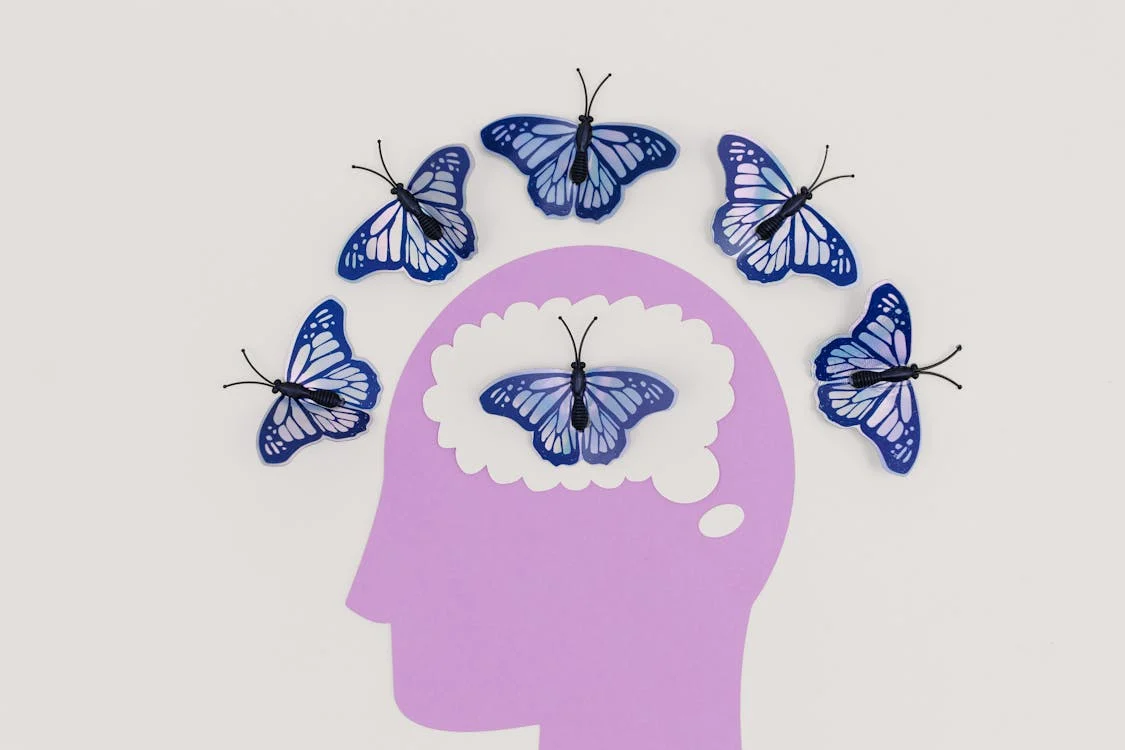
Neuromarketing is the study of how the brain responds to marketing stimuli. It offers invaluable insights into consumer behavior and decision-making processes. By leveraging psychological triggers and cognitive biases, marketers can create copy that resonates deeply with their audience, driving engagement and conversion rates. Let’s explore five neuromarketing techniques and triggers to supercharge your copywriting efforts:
The Power of Storytelling
Stories have a unique ability to evoke emotions and create lasting impressions. When crafting your copy, incorporate narratives that resonate with your audience’s experiences and aspirations. By tapping into their emotions, you can establish a deeper connection and make your message more memorable. Use storytelling to illustrate the benefits of your product or service in a compelling and relatable way, sparking curiosity and driving action.
Social Proof
Humans are inherently social beings, and we often look to others for guidance in uncertain situations. Incorporating social proof, such as testimonials, reviews, and user-generated content, into your copy can significantly influence purchasing decisions. Highlighting positive experiences from satisfied customers builds trust and credibility, alleviating doubts and objections. Leverage the principle of social proof to reassure prospects that they’re making the right choice by choosing your brand.
Scarcity and Urgency
The fear of missing out (FOMO) is a powerful motivator that drives action. By introducing elements of scarcity and urgency into your copy, you can create a sense of exclusivity and compel prospects to act swiftly. Limited-time offers countdown timers, and low stock alerts trigger the innate human desire to secure valuable opportunities before they’re gone. Emphasize scarcity to incentivize immediate action and boost conversions.
The Principle of Reciprocity
Reciprocity is a fundamental aspect of human interaction, where individuals feel compelled to return favors or gestures of kindness. In the context of marketing, offering valuable content, free resources, or personalized recommendations can trigger the reciprocity principle, fostering goodwill and loyalty towards your brand. By providing genuine value upfront, you set the stage for meaningful relationships with your audience, increasing the likelihood of conversions over time.
Emotional Appeal
Emotions play a central role in decision-making, often overshadowing rational considerations. Tailor your copy to evoke specific emotions that align with your brand and objectives. Whether it’s joy, fear, nostalgia, or empathy, tapping into the right emotions can resonate deeply with your audience and drive desired actions. Use evocative language, imagery, and sensory cues to elicit emotional responses that motivate prospects to engage with your message and take the desired next step.
Incorporating these neuromarketing techniques and triggers into your copywriting arsenal can elevate your marketing efforts to new heights. By understanding the underlying drivers of human behavior and psychology, you can create copy that not only captures attention but also compels action. Experiment with different approaches, test your messaging and refine your strategies based on real-world feedback. With a deep understanding of your audience’s psyche, you can craft copy that speaks directly to their hearts and minds, driving better-converting campaigns


